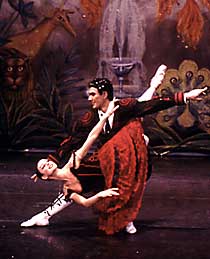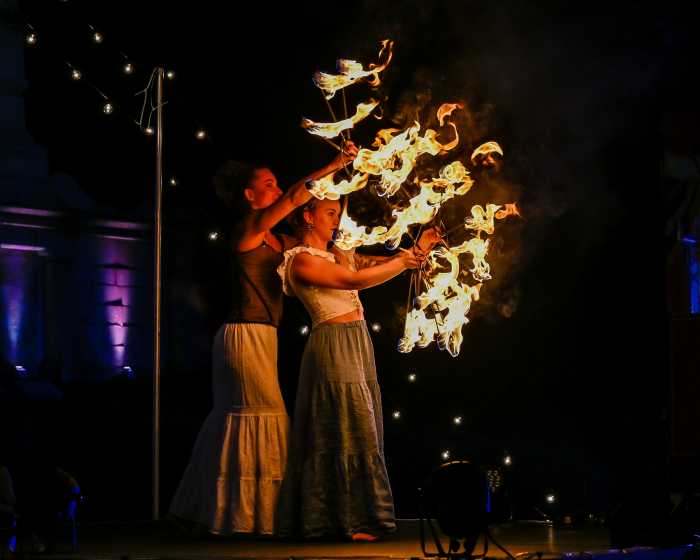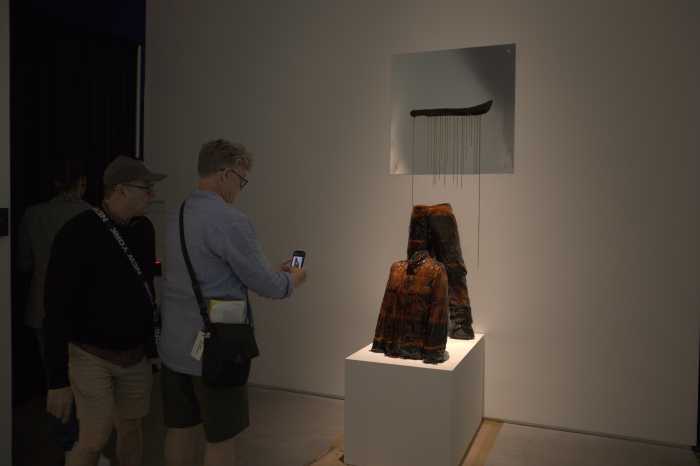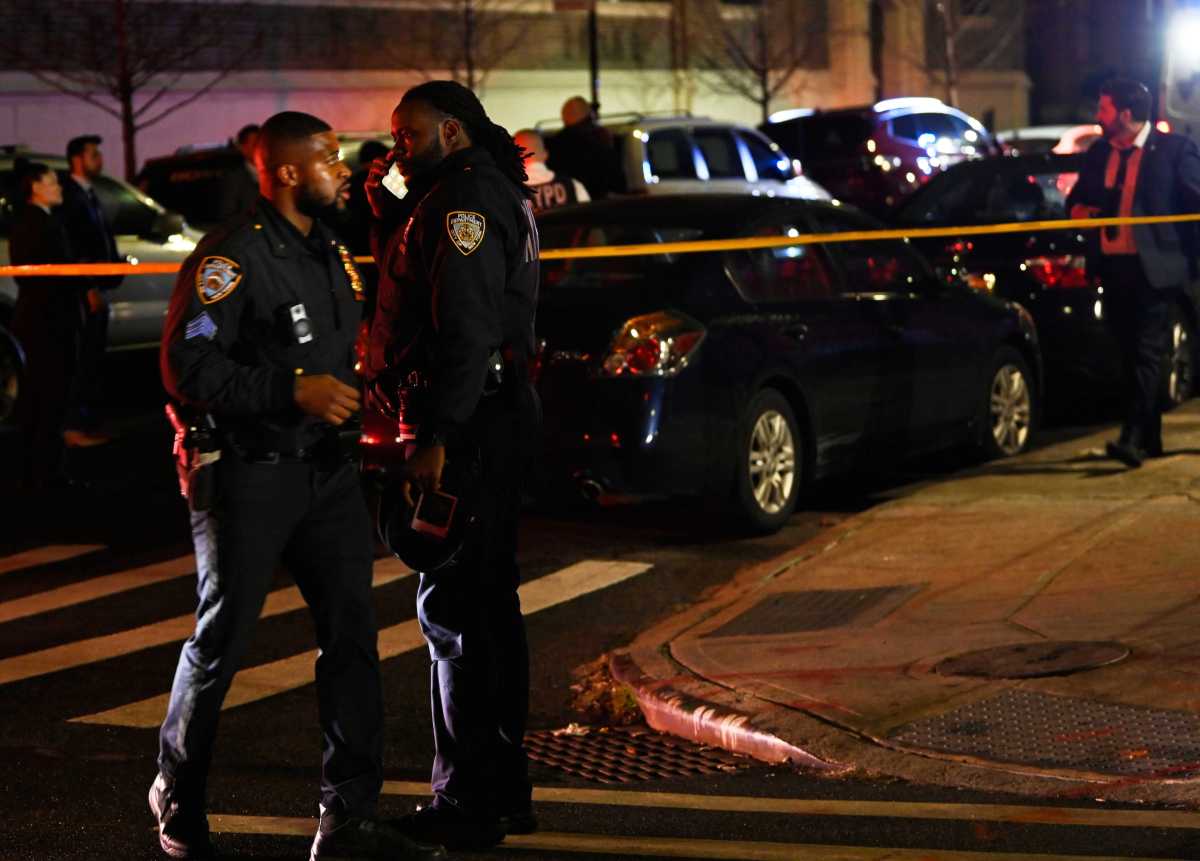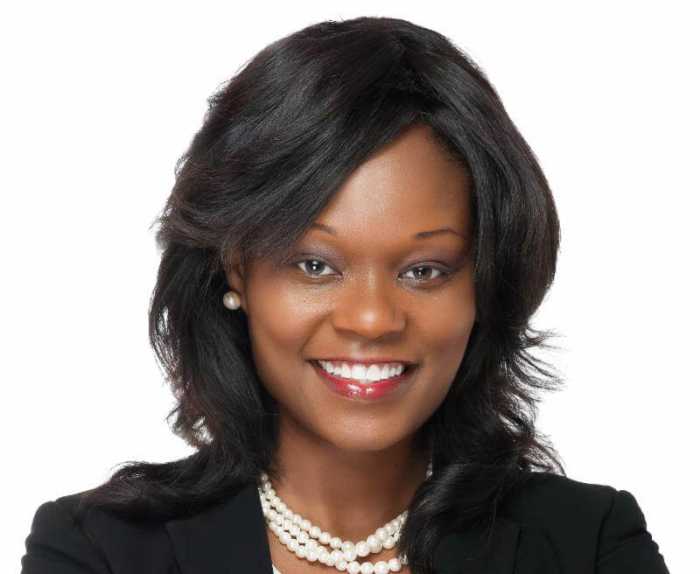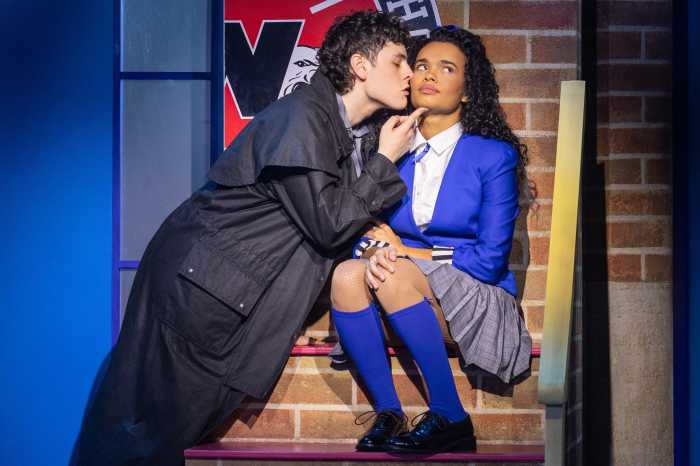It may only be a truism that, for example,
French musicians play French music best, and ditto the British,
Germans and Russians. But what is beyond argument is how acutely
Russian artists have Tchaikovsky’s music in their very bones.
Just how deeply embedded Tchaikovsky is should be borne out this
Sunday afternoon, Dec. 22, when the Moscow Ballet arrives at
the Brooklyn Center for the Performing Arts for its version of
the composer’s most beloved ballet, "The Nutcracker,"
confidently titled "The Great Russian Nutcracker,"
and part of the Brooklyn Center’s World of Dance series.
For a decade now, the Moscow Ballet has brought the grand tradition
of Russian ballet to audiences in the United States, and its
Brooklyn stop is part of a 10th-anniversary U.S. tour. Its all-Russian
cast of 42 dancers, under the guidance of artistic director Vitali
Akhoundrov, began their dance training as early as age 8; all
of the members of the company range in age from 19 to 30.
Unbelievable as it may seem to audiences today, Tchaikovsky’s
"The Nutcracker" was not universally admired when it
was first performed in St. Petersburg in 1892, on a double bill
with his one-act opera "Iolanta." What now seems ubiquitous
to people who have grown up listening to his irresistible melodies,
whether on TV shows, in commercials, the movies or the theater,
began with a grudging admiration, if not outright enthusiasm.
Based on E.T.A. Hoffmann’s fairy tale "The Nutcracker and
the Mouse King," Tchaikovsky’s ballet actually came about
rather fitfully, since the composer didn’t see how the story
could translate into a ballet. However, after reading a Russian
translation of the French version of the tale by Alexandre Dumas
fils, Tchaikovsky reluctantly agreed to give it a try.
By the time the 50-year-old Tchaikovsky began work on "The
Nutcracker," he had already made his reputation as a creator
of rapturous, audience-pleasing ballets. His "Swan Lake"
in 1877 and "Sleeping Beauty" in 1890 had seen to that.
For the next 18 months, Tchaikovsky worked on both "The
Nutcracker" and "Iolanta"; their dual premiere
on Dec. 18, 1892 – marking the first time the ballet was performed
as a festive holiday showcase – was politely received, but at
the time, his richly coloristic ballet score, laced with such
effects as a wordless women’s chorus and various "foreign"
instruments (like the celesta, a piano-like instrument that provides
the irresistible sounds for the climactic pas de deux, "Dance
of the Sugar Plum Fairy"), was considered too strange and
modern.
The renowned choreographer Marius Petipa staged this first production.
It’s unfortunate, in many ways, that Tchaikovsky would only live
another year, dying in 1893, at age 53, but perhaps most unfortunate
was that he did not live to see his initially confusing ballet
become a perennial. That same "confusing" score remains
modern in the best sense: no matter how often it is performed,
or in what guises its music pops into our ears, its lively dance
numbers – including several of the best waltzes this side of
the Danube – are forever etched in our collective musical memories.
And that is what "The Great Russian Nutcracker" hopes
to tap into. In honor of its 10th anniversary, the ballet commissioned
the Moscow Festival Orchestra, conducted by Alexander Finashev
to record the score for them "especially dedicated to the
performance of the Nutcracker ballet," explained Akiva Talmi,
producer of the Moscow Ballet. "[’The Great Russian Nutcracker
Official Soundtrack’] is specifically recorded for the tempo
of the ballet, because you can’t dance to the quick concert version."
Of course, it doesn’t hurt to have colorful and lavish set designs
by Valentin Federov, along with hundreds of costumes and life-size
animal puppets to help along the enchantment, as well as a fresh
re-imagining of Petipa’s original choreography.
Based on reviews of the current tour, its approach is hitting
a chord.
"The people in the audience at the Show Me Center [on the
Southeast Missouri State University campus] probably won’t soon
forget this ’Nutcracker,’" said a review in the Southeast
Missourian newspaper. "You didn’t have to be a balletomane
to appreciate the extraordinary abilities of this company."
One slight, and inarguably timely, change from the original is
that the ballet’s young heroine, Clara (or Masha, as she is in
the Russian version), no longer enters the Land of Sweets for
the beguiling second act; rather, she enters the Land of Peace
and Harmony, or mir.
But by any name, the Moscow Ballet’s version of Tchaikovsky’s
timeless classic should be a "Nutcracker" to cherish.
Additional reporting by
Lisa J. Curtis.
The Brooklyn Center for the Performing
Arts presents The Moscow Ballet production of "The Great
Russian Nutcracker," Dec. 22 at 2 pm at the Walt Whitman
Theater on the Brooklyn College Campus, one block from the junction
of Flatbush and Nostrand avenues. Tickets are $35. For tickets,
call (718) 951-4500 and for more information, including parking,
visit their Web site at www.brooklyncenter.com.


